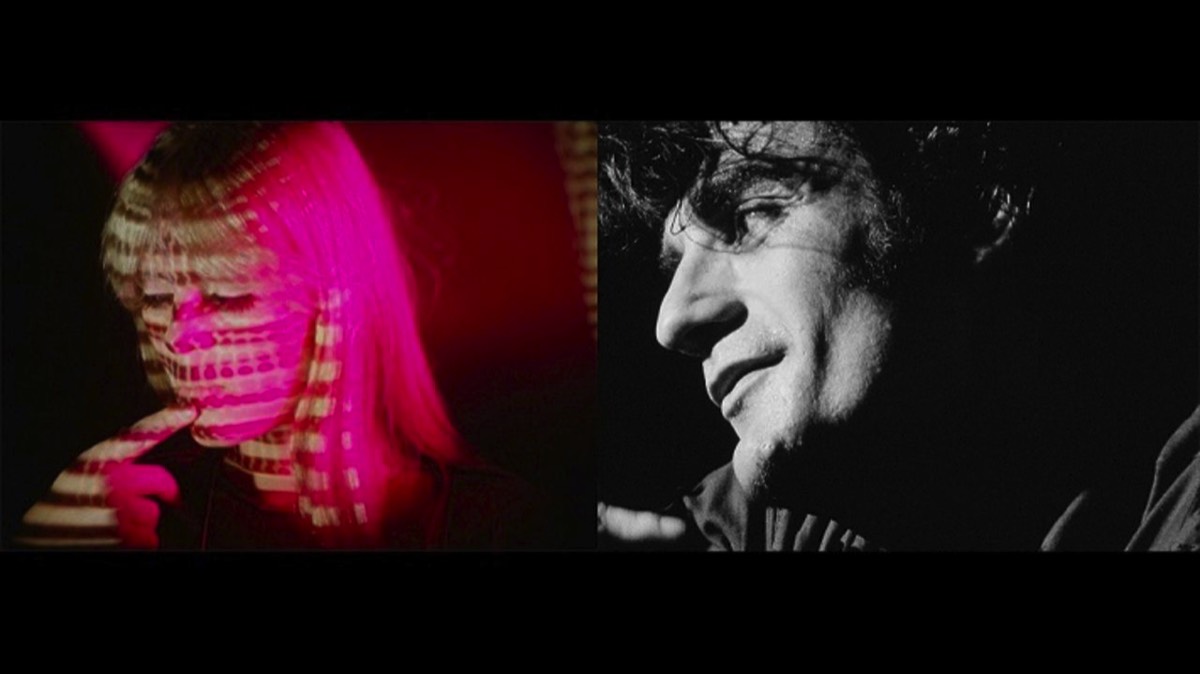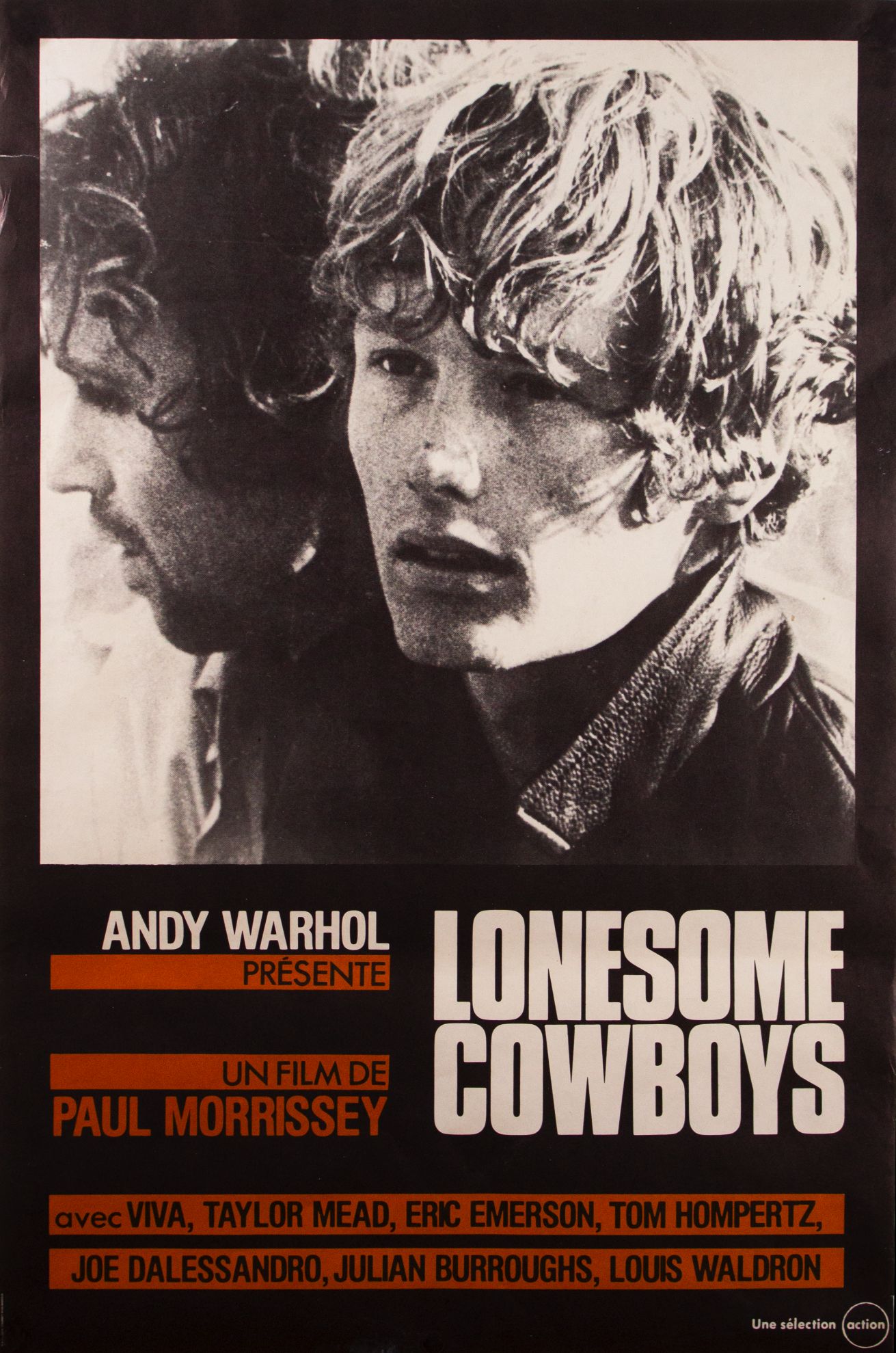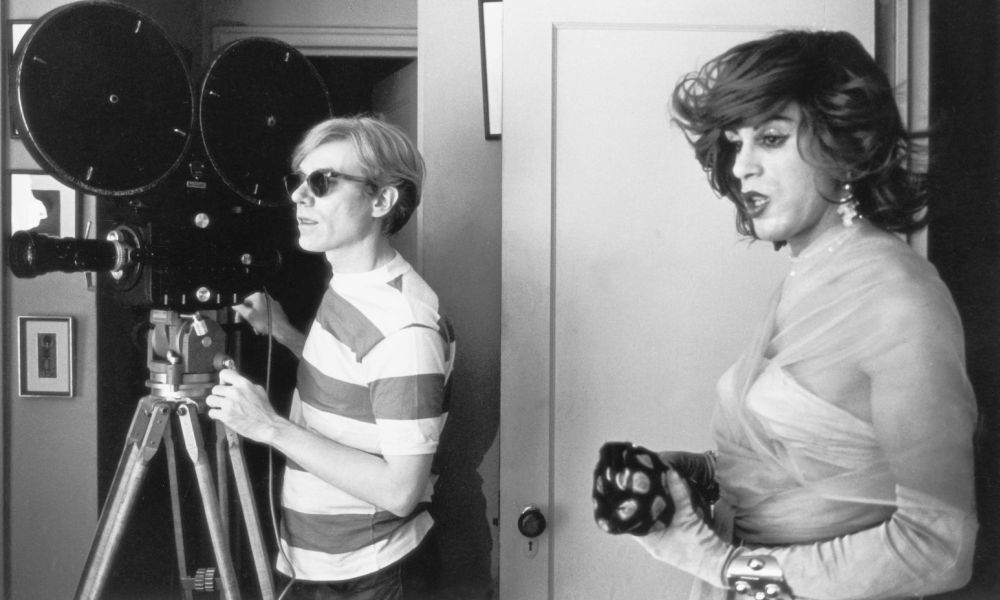"The most significant alternative filmmaker of the 1960s may turn out to be famed Pop artist Andy Warhol. Warhol encompassed many of the categories of alternative filmmaking - he made both structural films and narrative fiction works - and at the same time exploded the most cherished category, that of the individual artist." - Robert Sklar (Film: An International History of the Medium, 1993)
Andy Warhol
Director / Producer / Screenwriter / Cinematographer
(1928-1987) Born August 6, Forest City, Pennsylvania, USA
Top 250 Directors
(1928-1987) Born August 6, Forest City, Pennsylvania, USA
Top 250 Directors
Key Production Country: USA
Key Genres: Avant-garde/Experimental, Short Film, Documentary, Visual Arts, Drama, Trash Film, Gay & Lesbian Films
Key Collaborators: Edie Sedgwick (Character Actress), Paul Morrissey (Cinematographer/Director), Ronald Tavel (Screenwriter), Gerard Malanga (Character Actor), Ondine (Character Actor), Rufus Collins (Leading Actor), Brigid Berlin (Leading Actress), Taylor Mead (Leading Character Actor), Nico (Character Actress), Eric Emerson (Leading Character Actor), Tosh Carillo (Leading Actor), Mario Montez (Leading Actor)
Key Genres: Avant-garde/Experimental, Short Film, Documentary, Visual Arts, Drama, Trash Film, Gay & Lesbian Films
Key Collaborators: Edie Sedgwick (Character Actress), Paul Morrissey (Cinematographer/Director), Ronald Tavel (Screenwriter), Gerard Malanga (Character Actor), Ondine (Character Actor), Rufus Collins (Leading Actor), Brigid Berlin (Leading Actress), Taylor Mead (Leading Character Actor), Nico (Character Actress), Eric Emerson (Leading Character Actor), Tosh Carillo (Leading Actor), Mario Montez (Leading Actor)
"Although he did not 'direct' in the conventional sense, from 1963 to 1967 he produced some fifty films, mostly in collaboration with Paul Morrissey, a member of his 'Factory'. Warhol employed a passive, mechanical aesthetic of simply turning on the camera to record what was in front of it. The shortest of these films (Mario Banana, 1964) was four minutes in length and the longest (Four Stars, 1967) twenty-five hours. Warhol's films generally featured the antics of members of his Factory - friends, artists, junkies, transvestites and exhibitionists - who became underground celebrities, epitomizing his ideal of fifteen minutes' fame for everyone." - The Movie Book, 1999
"Underground film-maker, and the leading exhibitionist of this branch of the cinema. A fashion illustrator and 'pop' artist, Warhol took to film-making only in 1963. He immediately attracted widespread attention with his three-hour Sleep (1963), made up of one-reel segments recording a man sleeping… Not all his films are directed by himself; he is in effect the master-supervisor of a team of film-makers, notably Paul Morrissey on whose work he stamps his own very individual style and treatment." - The International Encyclopedia of Film, 1972

Chelsea Girls (1966)
"Most widely publicized of all the underground film-makers who rose to prominence during the Sixties… As a director he is best known for a minimalist technique which involves positioning the camera and letting it run on, with occasional slight camera movements, but allowing the actors to develop and improvize a performance unbroken by subsequent cuts or editing. At its most tedious this method produced such numbing and unwatchable minimalist works as Sleep and Empire, running six or eight hours. But his later short pictures featured his own troupe of camp and outrageous 'superstars' including Edie Sedgwick, Mario Montez and Viva, some of them quite talented and witty in from of the camera." - The Illustrated Who's Who of the Cinema, 1983
"Given Warhol’s penchant for the automatic and mass-produced, his movement from sculpture, canvas, and silkscreen into cinema seemed logical; and his films were as passive, as intentionally 'empty', as significant of the artist’s absence as his previous work or as the image he projected of himself... Despite Warhol’s cultivated image as the 'tycoon of passivity,' his films display a cool but very dry wit. Blow Job, for example, consisted of thirty minutes of a closeup of the expressionless face of a man being fellated outside the frame—a coyly humorous presentation of a forbidden act in an image perversely composed as a denial of pleasure (for the actor and the audience)." - Ed Lowry (International Dictionary of Films and Filmmakers, 2000)
"Warhol's movies reach the parts other films don't wish to. Why should Hollywood have all the stars? Warhol creates his own 'superstars', Viva, Candy Darling, Holly Woodlawn and Joe Dallesandro. Drag-queens, male and female hustlers who get together and improvise their own uncensored Hollywood fantasies in the films called Blow Job (1964), Harlot (1964), My Hustler (1965), and Blue Movie (1968). Chelsea Girls (1966) has two screens on which to watch them perform and Lonesome Cowboys (1968) shows what Hawks's male heroes might have got up to with each other had they been allowed to." - Ronald Bergan (A-Z of Movie Directors, 1983)
Selected Filmography
{{row.titlelong}}
Andy Warhol / Fan Club
Amy Taubin, Apichatpong Weerasethakul, Radu Jude, David Curtis, David Curtis, Carmen Gray, John Waters, Peter Gidal, Keith Griffiths, Klaus Wyborny, Steve McQueen, Henry Hills.
Amy Taubin, Apichatpong Weerasethakul, Radu Jude, David Curtis, David Curtis, Carmen Gray, John Waters, Peter Gidal, Keith Griffiths, Klaus Wyborny, Steve McQueen, Henry Hills.
"Fan Club"
These film critics/filmmakers have, on multiple occasions, selected this director’s work within film ballots/lists that they have submitted.
These film critics/filmmakers have, on multiple occasions, selected this director’s work within film ballots/lists that they have submitted.


